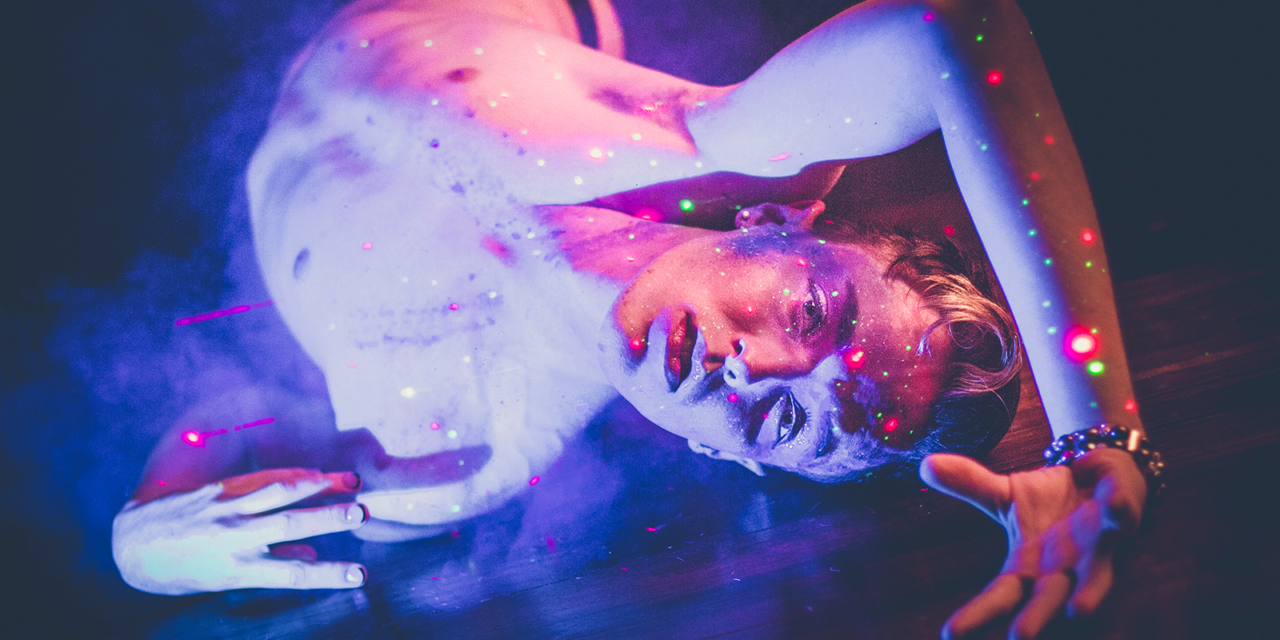It’s not common knowledge to know how to prepare for a photoshoot—especially when nerves are high the night before. Photoshoots come with stress, encounters with new people, and often uncomfortable wardrobes.
Even with complete services provided (e.g., makeup, hair, costume), there are things you can acquire and bring to ensure you produce the best pictures possible.
The more you prepare, the better your first impression.
Table of Contents
Realistic Advice on How to Prepare for a Photoshoot
Although photoshoot day can be frantic, you can do a few things the night before to keep your head straight when you wake up and perform your modeling duties.
Living across the Hudson from New York City and lucky enough to have a view of the Financial District of Manhattan in New York City, I’m always thinking of the many shoots happening each day in the area.
So much hard work going on behind the scenes!
Although it’s been some time since my last shoot, I’m hoping some of my preparation notes might be of help to anyone getting their initial start:
- Plan Your Time Wisely—It’s essential to have a game plan to ensure a time-efficient shoot that meets everyone’s expectations and needs. Quality can be compromised when people are becoming rushed, so always plan to include a bit of extra padding time in your shooting schedule to accommodate any unplanned circumstances.
- Self-grooming is not just a routine, it’s a crucial part of your preparation. Take the time to shower, wash your face, touch up your roots, deep condition, shave/pluck, and clean your nails. This will not only make you look your best but also boost your confidence for the shoot.
- Stretch—Center your body and gain better balance by stretching your muscles from top to bottom. Modeling often entails extraneous poses that will push your body to its limits.
- Hydration is not just a recommendation, it’s key to feeling your best on the day of the shoot. Drink plenty of water the night before to hydrate your skin and body. This will help you avoid the need for extra hydration right before the shoot, preventing any inconvenience with bathroom breaks.
- Get in Character—Spend a few moments in the mirror to familiarize yourself with your modeling character, tone, and attitude. The more you practice, the more confidence you’ll exude on set.
- Bring the Basics—No matter the shoot’s concept, it’s always wise to bring neutral-colored, low-profile undergarments to avoid panty lines, distracting color pops, and undesired focus. A poor choice of undergarments could make or break the quality of a shoot. Sometimes, footwear can cause issues due to size discrepancies; bring an extra pair of shoes that could work for your shoot as a backup or be used to walk to your shoot location.
- Getting enough sleep is crucial to look your best on the day of the shoot. Aim for at least eight hours of sleep and avoid alcohol to ensure you wake up feeling refreshed and ready to perform.
- Don’t Pick Your Face—You can prim and prime, but be sure not to pick your face so much that you are getting redness or injure your skin the night before an important photoshoot. No photographer wants to spend extra, precious and valuable time editing unnecessary blemishes. You can arrive at the shoot barefaced if agreed upon, but always come wearing moisturizer.
- Bringing water and snacks is not just a suggestion, it’s imperative. Photoshoots can often take longer than planned, so staying hydrated and enjoying a light snack beforehand is crucial to avoid nausea or fatigue while modeling.
Preparing for a photoshoot involves thoughtful planning and attention to detail.
By wisely managing your time, grooming yourself, staying hydrated, practicing your character, bringing essential items, and ensuring proper rest and nutrition, you’ll set the stage for a successful and stress-free photoshoot.
Taking these steps will enhance your confidence and performance, helping you, your photographer, and any support staff have a productive and enjoyable experience.
Detailed Preparation Steps
Detailed preparation is crucial to ensuring a successful and smooth photoshoot.
Both models and photographers need to take specific steps to be fully prepared and make the most out of their time in front of and behind the camera. This guide provides a very comprehensive outlook and advice on how to get ready, focusing on physical preparation, mental readiness, and practical tips for the day of the shoot.
Here’s how to get started.
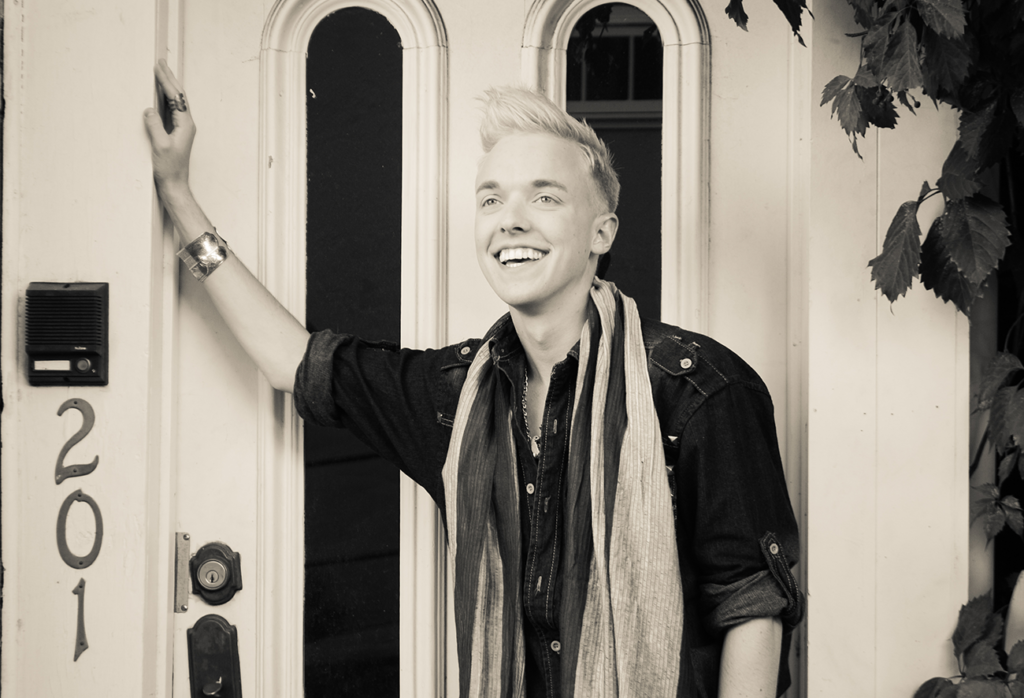
Practice & Warm Up Before a Photoshoot
With these practice and warm-up tips, you’ll be well-prepared to step into your photoshoot with confidence and poise.
Remember, the more you prepare, the more natural and effortless your poses will appear. Good posture, body awareness, and a positive mindset are essential components for successful modeling.
So, take the time to stretch, practice, and get into character the night before and the morning of your shoot.
- Stretch—It would be best to have a daily stretching regime as a model, but as a last-case scenario, stretch the night before and the morning of your photoshoot to stay limber and injury-free.
- Practice in the Mirror—Think of yourself standing behind the head of the photographer when you’re looking into the mirror and practicing your facial expressions, posture, and poses.
- Take Note of Pressure—When practicing in the mirror, note where you place pressure on your body. Do you put too much emphasis and weight on one foot? Do you sit in the ball of your foot too much? Are you slouching forward instead of remaining balanced in your posture? The first step to getting rid of a bad habit is being aware of the occurrence.
- Get Into Character—It might seem the trick of an actor, but getting into character when modeling can help you portray more believable energy and persona.
- Go Forward with Confidence—No matter how you feel on photoshoot day, go forward with confidence and be yourself. You are unique and beautiful; all you can do is show and shine your best. Maintaining good head and shoulder posture is crucial in modeling. It not only contributes to the overall look and feel of the photoshoot but also enhances your body’s lines and angles, making your poses more dynamic and engaging.
- Don’t Over-Rotate the Eyes—Keep eyes natural and neutral along the bridge of the nose so as not to show too much white of the eyes. I’m prone to over-rotating my eyes when modeling, so I try to keep thinking about angling more towards the camera with my full neck and body.
- Good Posture—Unless specifically directed otherwise, good posture will help your modeling translate professionally and with full body awareness.
- Shoulders Back—One benefit of keeping your shoulders back is that it also helps slim down the neck. Clutching your shoulders forward bunches up the muscles and skin in the neck and causes distortion.
This preparation will not only enhance your performance but also ensure you and your photographer have a productive and enjoyable experience.
Now, step into your photoshoot with confidence and shine your best!
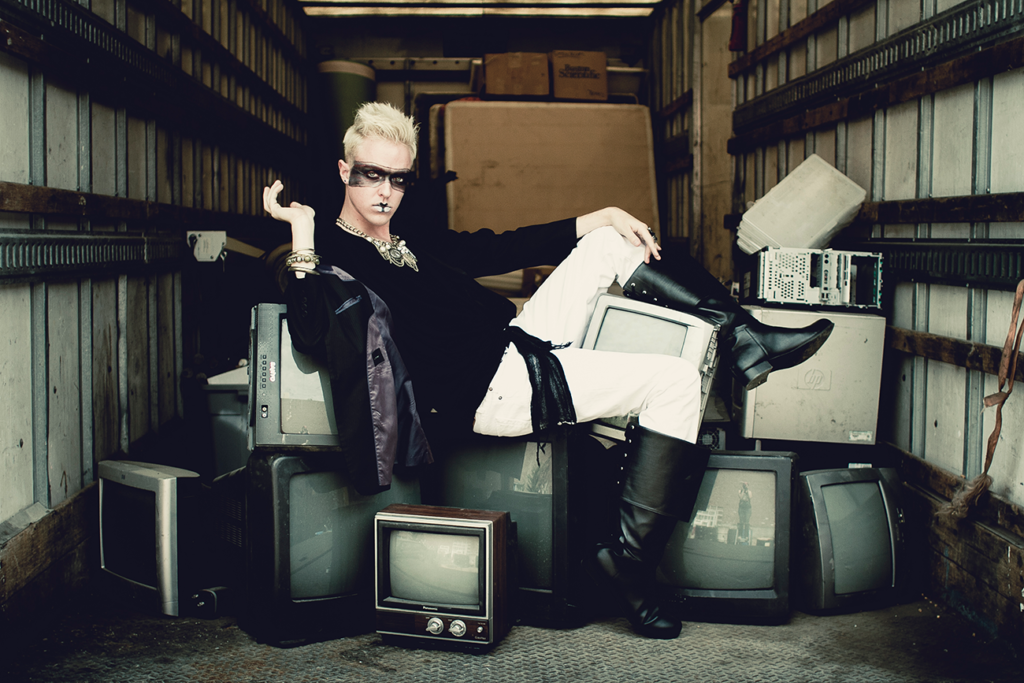
Don’t Forget the Placement of Hands & Arms While Modeling
Proper placement of hands and arms can greatly enhance the natural look and elegance of your poses.
Here are some tips to keep in mind:
- Distance Between Arms & Body—When modeling, you don’t want to look like a stick or too stiff. Create distance between your body and arms, and you’ll look more natural.
- When it comes to hand posture, think “ballet hands.” This means keeping your fingers light, gentle, and poised, without pointing or stiffening them too much. This delicate hand posture can add a touch of elegance to your modeling poses.
- When posing, remember that the sides of your hands look better than the backs. Showing the backs of your hands can look bulky and blocky, so be sure to angle your hands to show their sides towards the camera. This will give your hands a more relaxed, slender look in your photos.
- Lower the Middle Finger—If you want to add even more poise and elegance to your hand postures, lower the middle finger a touch more than your other fingers. This will add the “Princesses’ elegance” you might have been looking for in your modeling end result.
Remember, the placement of your hands and arms can significantly change the overall end look of your photos.
Practice these tips to enhance your modeling skills and create more graceful and natural-looking poses.
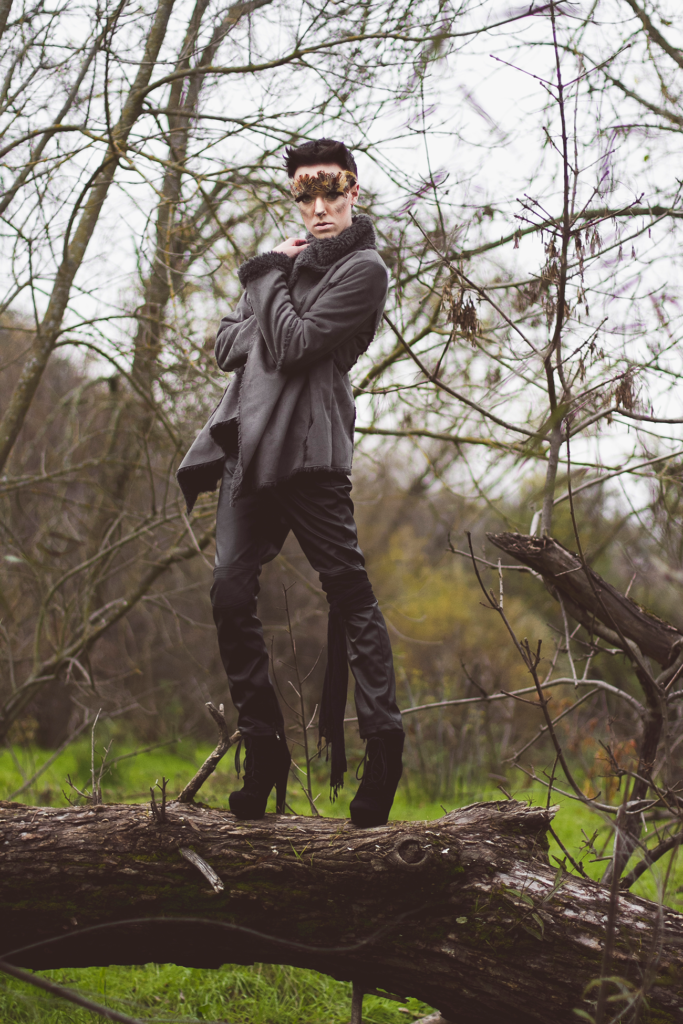
How to Use Hips, Legs & Feet During a Photoshoot
Your hips, legs, and feet serve as the foundation of your pose and can greatly influence the overall look of your photos.
Here are some guidelines to ensure you get the best results:
- Be Aware of Light—Whatever is closest to your light source will look brightest and most prominent. This includes both hands, arms, legs and feet. Don’t let your feet be too far forward in your pose if you want them to look a bit smaller.
- Creating a Waist—In the search for an even more refined waist, you can cock your hip, cross your knees, and use your hands to create more waist. This technique involves using your body’s natural curves and angles to create the illusion of a slimmer waist, enhancing the overall look of your photoshoot.
- Point Your Feet Correctly—With all there is to remember when modeling, it’s easy to forget the feet. At the end of your pose practice, consider where your feet point. Are they pointing in a natural direction? Do they look awkward? Are both feet pointed in the same direction?
In conclusion, paying attention to the placement and posture of your hips, legs, and feet can significantly affect your modeling.
Practice these techniques to enhance your poses and achieve a polished, professional look in your photos.
Additional Tips
How do I prepare for my first photo shoot?
Practice posing in the mirror beforehand!
Understanding your body and angles is very important.
Be bold and ask for critiques from the photographer you are shooting with, as you are working together as a united team to create unique content.
What should you not do before a photoshoot?
From many photoshoot assisting experiences, the biggest thing I’d recommend against doing is drinking too much while on set.
It can be fun while you’re modeling, but your photos won’t come out as good as you thought you looked in person.
What should I eat before a photoshoot?
Treat photoshoots like mini workouts.
Avoid eating anything that may leave you feeling full or indigested. Drink lots of water and eat what makes you feel best.
What is the best thing to wear for a photoshoot?
Anything that inspires you!
Loving the look is one of the best ways to embody your character and boost your confidence in your photoshoot.
In conclusion, anything you can do to be ready before your scheduled time will leave you with all the more for posing and creating content. Modeling is a gratifying, confidence-building activity that few are privileged to experience. Be sure to prepare to ensure you, your photographer, and any support staff have enjoyed working together.
You’ll continue to improve in preparing for a photo shoot, and as always, serve your best!
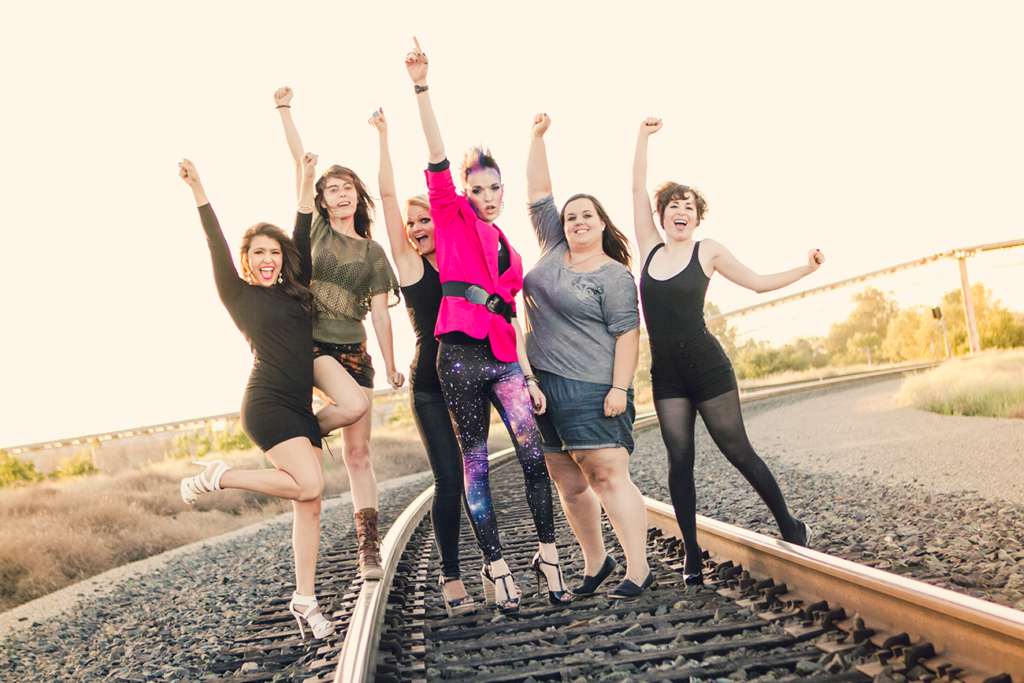
A Brief History of Modeling
Modeling as a profession has a fascinating history dating back to the mid-19th century.
Using models to display clothing began in 1853 when Charles Frederick Worth, often considered the father of haute couture, employed his wife, Marie Vernet Worth, to wear and showcase his designs. This was the inception of using live models to present fashion.
The early 20th century saw the rise of fashion houses in Paris, where live models, referred to as “mannequins,” were employed to display the latest trends to potential buyers.
However, in the 1940s and 1950s, modeling began to evolve into the structured industry we recognize today, with the establishment of modeling agencies such as Ford Models and Elite Model Management.
Famous Models Throughout History
The modeling world has been graced by numerous iconic figures who have left an incredible and indelible mark on the industry:
- Twiggy (Lesley Lawson): Known for her distinctive androgynous look and large, expressive eyes, Twiggy became the face of the 1960s.
- Naomi Campbell: One of the original badass supermodels of the late 20th century, Naomi Campbell broke racial barriers and became a global fashion icon.
- Cindy Crawford: With her trademark mole above her lip, Cindy Crawford became one of the most recognizable models of the 1980s and 1990s.
- Kate Moss: Discovered at 14, Kate Moss rose to fame in the 1990s with her waifish figure and became synonymous with the ‘heroin chic’ look.
- Gisele Bündchen: Dominating the 2000s, Gisele Bündchen’s success on the runway and in advertising campaigns solidified her status as one of the highest-paid models ever.
These trailblazing models have each contributed uniquely to the evolution of the modeling industry, pushing boundaries and setting new standards of beauty, diversity, and professionalism.
Their boundary-pushing legacies continue to inspire new generations of models and fashion enthusiasts worldwide.
Inspiring Aspects of Modeling
Modeling is a dynamic and influential profession that has evolved significantly since its inception.
- Innovation and Creativity: Modeling is not just about wearing clothes; it’s about bringing a designer’s vision to life, often requiring creativity and a deep understanding of fashion and aesthetics.
- Breaking Barriers: Many models have used their platform to break societal norms and barriers, advocating for diversity, body positivity, and inclusion within the fashion industry.
- Cultural Influence: Models often become cultural icons, influencing fashion trends, beauty standards, and popular culture at large.
- Global Opportunities: Modeling offers the chance to travel the world, work with prestigious brands, and collaborate with top photographers and designers.
- Personal Growth: The profession demands confidence, poise, and resilience, often leading to significant personal growth and empowerment.
With origins stretching back to the 19th century, modeling has blossomed into a transformative industry that continually redefines fashion and culture.
Trailblazers like Twiggy, Naomi Campbell, and Gisele Bündchen have set the stage, showcasing that with meticulous preparation, relentless dedication, and bold confidence, anyone can leave an indelible mark.
Their legacies illuminate the path for aspiring models, proving that the world of fashion is not just about beauty, but about breaking barriers, embracing diversity, and inspiring future generations to dream big and achieve greatness.

